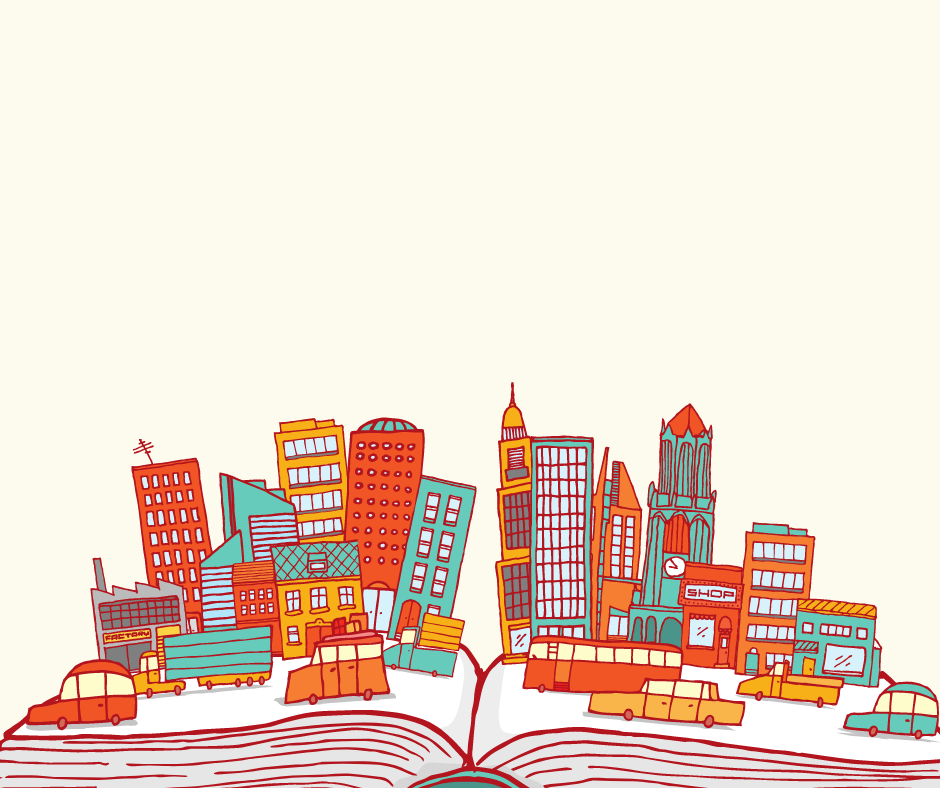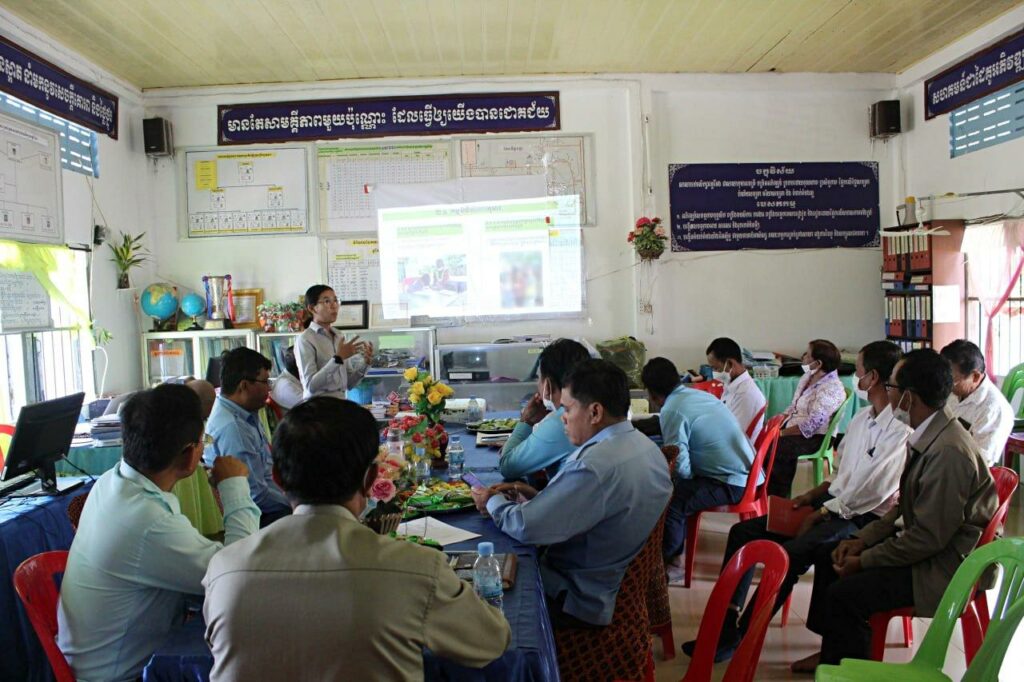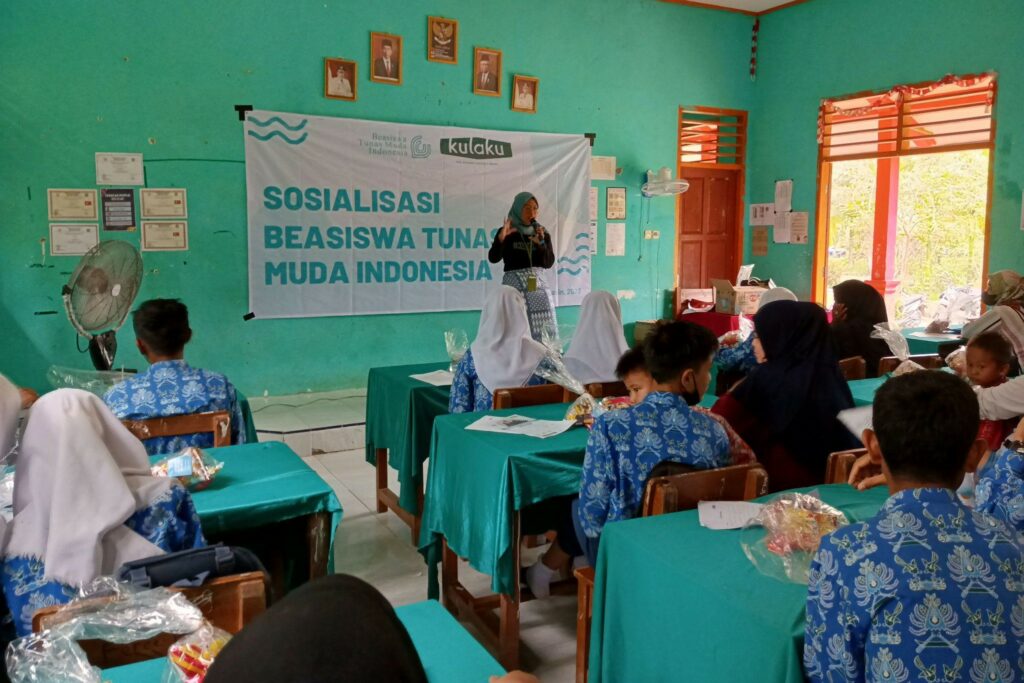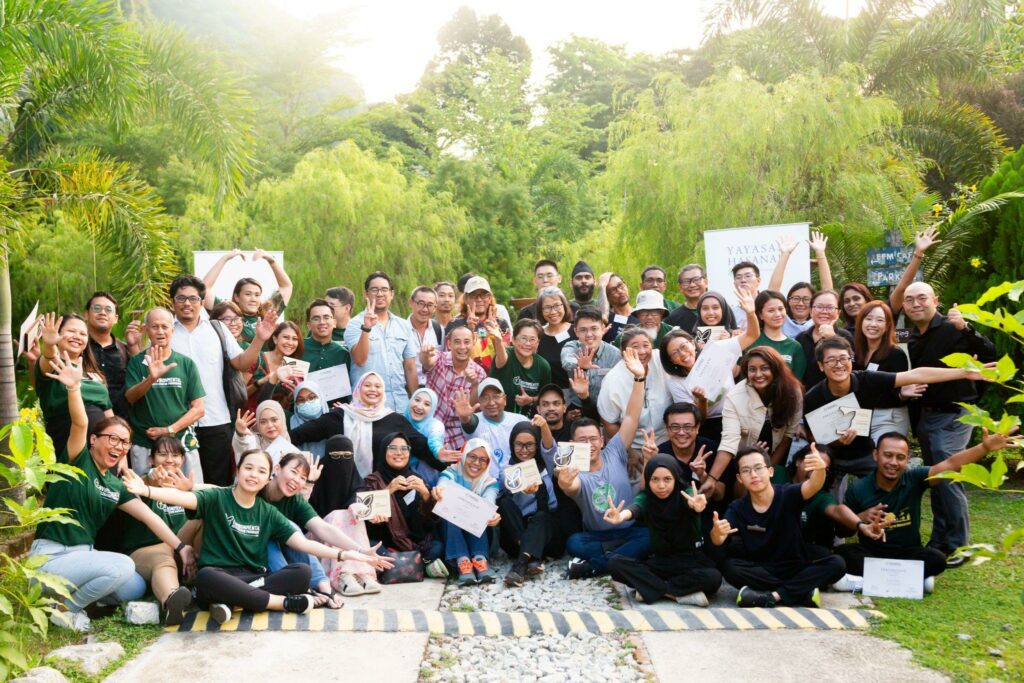What if we told you that you could get to work, grab lunch, shop for groceries, enjoy an outdoor run, and visit the doctor’s for an appointment all within a 15-minute walking or biking distance? Meet the 15-minute city concept!
Meet the 15-minute City
A 15-minute city, or ‘complete neighbourhoods’, is where city residents can meet most of their needs within a short walk or a bicycle ride from their homes (which is a 15-minute radius of where residents reside).
According to the Financial Times, the concept was popularized in Paris by Mayor Hidalgo and developed by Professor Carlos Moreno at the Sorbonnne. Urban planners approaching the philosophy believe that every neighborhood should be able to fulfill our basic needs within a 15-minute walk or bike ride.
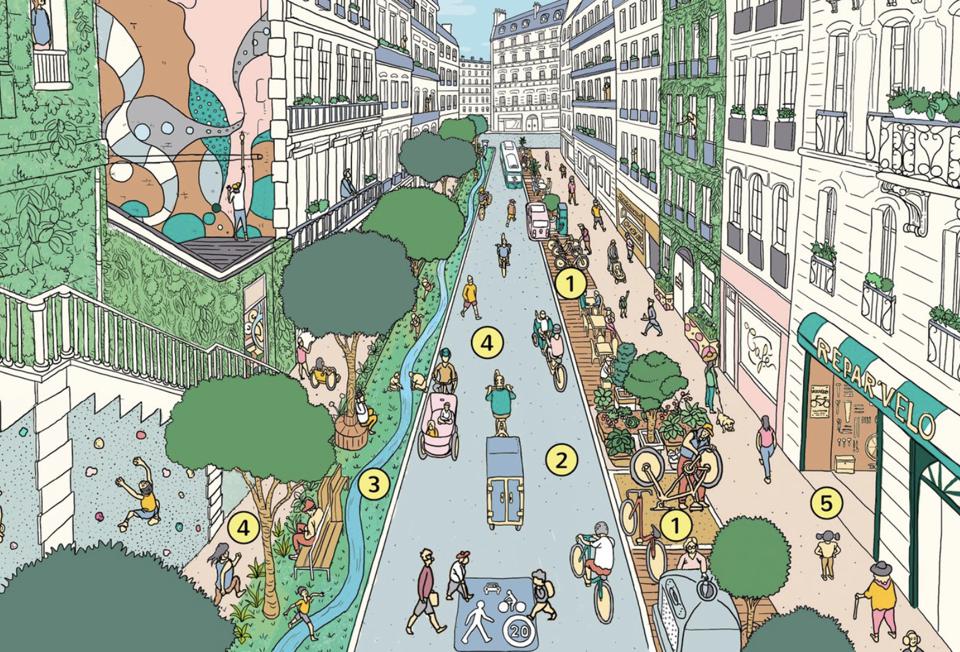
Are 15-minute cities good for us?
If our needs are fulfilled closer to home, we will be happier, be more willing to protect our communities, and be able to form better relationships. Not to mention, walking and biking to places will save the planet a ton of carbon emissions – which is always a plus in the long run.
It may also be worthwhile to consider 15-minute cities as a pandemic economy recovery tool, as working patterns will potentially shift to become increasingly focused on remote work.
Ironically, thanks to the Covid-19 pandemic, cities in Melbourne, Australia as well as in the United States are attempting to leverage current circumstances and reposition to pivot on a sustainable future as these neighbourhoods encourage buying local, less time spent commuting, a better sense of community, and boost resilience to health and climate shocks.
How can a 15-minute city be formed and implemented?
What are the components of a 15-minute city? Here, we compile several suggestions suitable for implementing a people-friendly city.
- Increase pedestrian walkways, bike lanes, and green spaces while reducing road spaces for vehicles.
- Encourage multifunctional buildings as opposed to single-purpose commercial buildings.
- Expand and improve public transit to reduce the need to travel with private vehicles.
- Encourage a seamless, healthy mix of homes, businesses, and public spaces in neighbourhoods.
- Explore the subsidisation of businesses in city centers with tax incentives.
Urban landscapes in Malaysia
According to the World Bank, Malaysia has 19 urban areas with more than 100,000 people: one urban area of over 5 million people (Kuala Lumpur), two between 1 million and 5 million people (George Town and Johor Bahru), five of 500,000 to 1 million people, and 11 urban areas of between 100,000 and 500,000 people.
As noted in the Global Mass Transit Report, our current public transportation system consists of buses, Bus Rapid Transit (BRT), light-rail transit (LRT), monorail, express rail link (ERL), Mass Rapid Transit (MRT) and commuter rail.
Despite our public transport facilities, only 17% of commuters in Kuala Lumpur utilize public transportation, as compared to 62% in Singapore and 89% in Hong Kong. Moreover, residents of the Greater Kuala Lumpur area spend more than 250 million hours a year stuck in traffic.
We are not that well-known for our bike lanes either, and there has been a strong push for safer pedestrian walkways.
A drawing point to 15-minute cities is the shorter time spent on roads and in getting to places to fulfill our needs, apart from the overall sustainability of the community structure.
Ongoing efforts in city-making
Perhaps the major cities in Malaysia are unable to fit the exact mold of a 15-minute city where everything is reachable within walking distance, but we have to say that the notion is very appealing! The great news is that there are currently ongoing efforts in place to build resiliency in our cities.
Think City is a social purpose organisation based in Malaysia with the mission of making cities more people-friendly, resilient, and liveable. With a diverse team, Think City actively pursues an evidence-based approach in four areas of urban practice: Placemaking, Resilience, Analytics, and Conservation & Adaptive Reuse.
Over the past few years, they have had major success in spearheading urban regeneration (in George Town, Penang), supporting aspects of city-making in other cities (such as Butterworth, Johor Bahru, and Kuala Lumpur), as well as with building local, regional and international partnerships in catalysing the city-making movement in Malaysia.
15-minute cities are not considered a new trend, but the spread of the Covid-19 pandemic definitely sheds a light on the possibilities of changes within our living communities. It also highlights a need to continually improve and adapt to the current needs of our society.
At Biji-biji Initiative, we’re all for fresh takes and new perspectives on things, especially if it will benefit us and the planet’s wellbeing in the long run.
What are your thoughts on 15-minute cities? Are our Malaysian cities viable for the 15-minute city concept?

